The Arcane Archer Fighter combines precise ranged bow attacks with powerful arcane magic to devastating effect.
Do you wish to follow in the tradition of some of the most elite Elven warriors?
Then this guide is for you!
This is the full guide to the Arcane Archer Fighter in D&D 5e!
What is the Arcane Archer Fighter in D&D 5e?
The art of combining ranged attacks with arcane magic is an ancient Elven tradition.
After all, a well-placed arrow can send a message to a trespasser. But an arrow infused with magic will make sure that that message is received loud and clear!
Over time, this technique spread out from reclusive Elven settlements and was adopted by other races and cultures.
It’s a time-honored tradition that is viewed as a hallmark of combat prowess among Elves or otherwise.
The Arcane Archer Fighter can be found in Xanathar’s Guide to Everything alongside the Cavalier and Samurai subclasses.
Role in the Party
Naturally, the Arcane Archer is built for ranged combat. This puts these Fighters pretty squarely in the party’s backlines.
Firing arrows at enemies from a distance, the Arcane Archer’s primary consideration in combat will be getting the best vantage point that they can.
With clever positioning, they’ll have no problem keeping the pressure up on their enemies!
Of course, the effects you gain with your Arcane Shot can also bring a great deal of extra crowd control to the table.
With eight different options for your Arcane Shot feature, you’ll certainly find yourself with a few favorites. (We’ll go over those later in this guide.)
The specific ways that you further help the party beyond being an eagle-eyed sharpshooter rely on having the right arcane arrows for the job at hand!
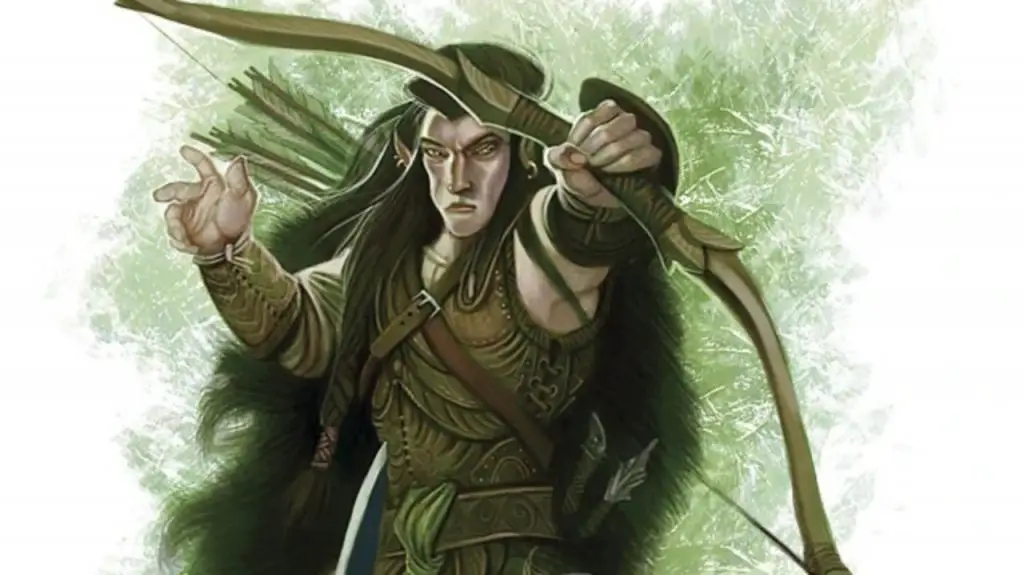
Arcane Archer Fighter Features 5e
So, let’s get into the details of the Arcane Archer in D&D 5e.
Naturally, we’ll start with the features that you’ll be gaining as you continue to level up.
Because it’s so important to how this subclass plays, I would also recommend checking out my Guide to Ranged Combat in D&D 5e.
Arcane Archer Lore (Level 3)
We kick things off with a free cantrip and proficiency!
You gain proficiency in either the Arcana or the Nature skill, and you choose to learn either the Prestidigitation or Druidcraft cantrip.
The Arcane Archer has more need for a decent Intelligence score than most other Fighters. The free proficiency that you choose will let you get some extra use out of that Intelligence score.
If you want to focus on more magic things, grab the Arcana proficiency.
On the other hand, Nature proficiency will be useful if you’re spending time in the wilderness and want to better identify plants, animals, and the like.
As for your cantrip, neither option will have a huge impact. Though both Druidcraft and Prestidigitation can potentially make for some fun roleplaying opportunities.
Arcane Shot (Level 3)
Most importantly at level 3 when you choose this subclass, the Arcane Archer Fighter gains their most important feature: Arcane Shot.
When you gain this feature, you learn two Arcane Shot Options of your choice.
Once per turn when you fire an arrow from a shortbow or longbow as part of the Attack action, you can apply one of your Arcane Shot options to that arrow.
You decide to use the option when the arrow hits unless the option doesn’t involve an attack roll.
You have two uses of this ability, and you regain all expended uses of it when you finish a short or long rest.
You gain an additional Arcane Shot option of your choice when you reach certain levels in this class: 7th, 10th, 15th, and 18th level. Each option also improves when you become a level 18 Fighter.
The various Arcane Shot options (which we’ll cover later in this article) can all have a huge impact on your game.
Just be aware that the trick is to be very selective when you use them!
Until you hit level 15, you’ll only have two uses of Arcane Shot per short or long rest. (Note that you gain more OPTIONS as you level up, not more USES!)
It also pays to invest in your Intelligence score since that will be what is used to determine the save DC for your Arcane Shots. More intelligence means your enemies will have a harder time avoiding the effects.
If an enemy makes their save against your Arcane Shot, you’ve burned an important resource!
Thankfully, you can wait to see if your arrow hits before applying Arcane Shot to the attack. This means you don’t have to worry about wasting your limited uses of this feature!

Magic Arrow (Level 7)
There are more than a few pesky enemies that resist nonmagical damage in D&D 5e.
With the Magic Arrow feature, those enemies will be in for quite the surprise!
Whenever you fire a nonmagical arrow from a shortbow or longbow, you can make it magical for the purpose of overcoming resistance and immunity to nonmagical attacks and damage.
The magic fades from the arrow immediately after it hits or misses its target.
This is especially useful if there aren’t a large number of magic items in your campaign.
Enemies such as fiends (like Succubus/Incubus), elementals, and undead (like Spectres and Vampires) will very commonly resist nonmagical attacks.
Now they’ll be taking full damage from your hits!
Curving Shot (Level 7)
Sure, Arcane Shot may be the Arcane Archer’s signature feature, but Curving Shot is arguably the best of the lot!
When you make an attack roll with a magic arrow and miss, you can use a bonus action to reroll the attack roll against a different target within 60 feet of the original target.
This is fantastically useful.
More often than not, you’re going to miss at least one attack per turn. Since the Arcane Archer Fighter doesn’t have a huge use of their bonus action, there’s no real reason not to use this when that happens.
(You can’t use most of this subclass’s features with crossbows which rules out the Crossbow Expert feat. Which pretty much leaves you with only needing your bonus action for the occasional Second Wind.)
Of course, I’d strongly recommend that you also pick up the Sharpshooter feat.
Taking a minus to your attack roll in exchange to deal a sizeable chunk of extra damage becomes much less risky when you’ve got Curving Shot!
Well, as long as you’ve got at least two enemies on the field anyway.
Recommended: Mastering the Fighter’s Action Surge in D&D 5e
Ever-Ready Shot (Level 15)
Let’s be honest, the limit of only having two uses of your Arcane Shot per rest gets pretty irritating. Especially after 12 levels!
You’re either avoiding using your signature feature and waiting for the perfect moment (that may or may not come) or trying to take a short rest after every fight.
It’s been a long time coming, but now you’ll always have at least one Arcane Shot ready to go!
If you roll initiative and have no uses of Arcane Shot remaining, you regain one use of it.
On one hand, this is a handy buff to your Arcane Archer’s quality of life. You’ll actually be able to use your signature feature at least once per encounter now!
But on the other hand, it’s a bit difficult not to feel like Oliver Twist…

Arcane Shot Options
Okay, so let’s now look over the different Arcane Shot options that you have available to you.
As a quick reminder, the number of options that you can choose depends on your level. You can see how many options you have per level in the table below.
| Arcane Archer Level | Number of Arcane Shot Options |
| 3 | 2 |
| 7 | 3 |
| 10 | 4 |
| 15 | 5 |
| 18 | 6 |
You’ll want to choose wisely as the only way to change the options that you’ve chosen is to beg your DM (or maybe bribe them with snacks… possibly both…)
To get the best use out of these, pick a variety of Arcane Shot options that target different saves. Try to target your enemies’ weaker ability scores.
For example, you don’t want to use something like Enfeebling Arrow (which requires a Constitution saving throw) against a Hill Giant.
Instead, try something like Banishing Arrow which better plays to the Hill Giant’s noticeable lack of Charisma!
The save DC for your Arcane Shot is calculated as:
Save DC = 8 + your proficiency bonus + your Intelligence modifier
With all of that covered, let’s now look at your Arcane Shot options!
Banishing Arrow
This is an all-around decent option that’s worth considering.
If the enemy fails their Charisma save, they’re removed from combat until the end of their next turn. Thankfully, Charisma tends to be a weak spot for many enemies.
This can be incredibly useful if you’re able to temporarily remove a major threat to buy your team some time.
If your party can mop up the rest of the banished creature’s allies before the banishment ends, you should have little trouble focusing them down when they return.
When you reach level 18, Banishing Arrow will also deal an extra 2d6 force damage to the creature. Nothing spectacular, but every little bit helps I suppose.

Beguiling Arrow
Weaving some enchantment magic into their arrow, the Arcane Archer gets a chance to play Cupid.
Ok, so they won’t exactly make an enemy fall in love, but the enemy will still be charmed for a little while!
The enemy that you hit takes 2d6 psychic damage. From there, they have to make a Wisdom save or be charmed by one of your allies that’s within 30 feet of them.
This charm effect lasts until the start of your next turn. However, it can end early if the ally that the creature is charmed by attacks it, deals damage to it, or otherwise forces it to make a saving throw.
At level 18, the psychic damage bumps up to 4d6.
Wisdom saves tends to be a bit dicey, but that doesn’t necessarily rule this out as a viable option. What does make it less appealing is how many creatures are immune or resistant to charm effects.
Personally, I’d be slow to take this one considering the other options on this list.
Bursting Arrow
It’s always handy to have an AoE option ready.
Whether you’re getting swarmed by enemies or just want to punish foes that are standing too close together, Bursting Arrow is a strong option!
With this option, your arrow detonates when it hits. Your target and all other creatures within 10 feet of it take an extra 2d6 force damage. No save or anything!
At level 18, this bumps up to 4d6 force damage.
It’s a pretty simple and straightforward option.
Just be mindful of a couple of important details:
- Where other options specify that the target “takes extra damage”, that is not the wording for Burstin Arrow. This means that the damage from this is not doubled on a critical hit.
- All creatures within 10 feet of the target take the damage. This means that you want to make sure you don’t catch your allies in the line of friendly fire!
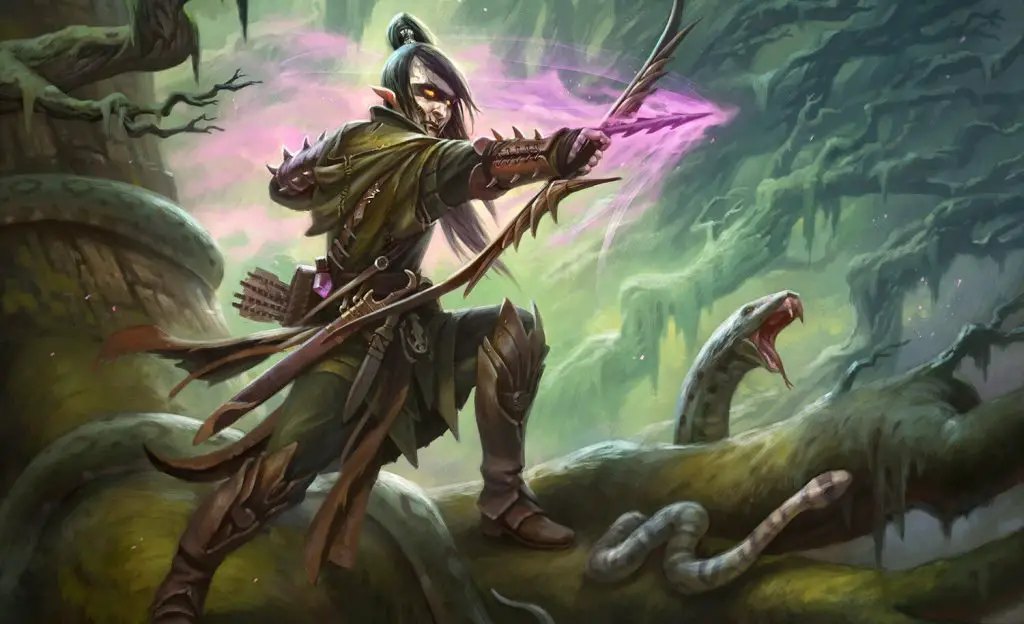
Enfeebling Arrow
Adding some necromancy to your attack, Enfeebling Arrow lets you sap an enemy’s strength.
First, the enemy takes 2d6 necrotic damage. From there, if they fail their Constitution save, they’ll only be dealing half damage with their weapon attacks until the start of your next turn.
At level 18, the necrotic damage bumps up to 4d6.
Sounds tempting, right?
Unfortunately, I’d say that Enfeebling Arrow is a hard pass in most situations.
Most creatures that rely on making weapon attacks will also have respectable Constitution scores. This is especially true as you’re looking for “high priority targets” to use your limited Arcane Shots on.
While it’s not impossible for such an enemy to fail their saving throw, it’s also unlikely.
Furthermore, it’s even harder to justify this option when you could just as well banish an enemy with Banishing Arrow. With that, they’d be dealing no damage at all instead of half!
Grasping Arrow
My personal favorite of the Arcane Shot options is Grasping Arrow. It can cause a TON of trouble for your enemy!
When your target is hit by your Grasping Arrow, poisonous brambles begin to wrap around them.
They then take 2d6 poison damage, have their speed reduced by 10 feet, AND THEN take 2d6 slashing damage the first time on EACH TURN that they move at least one foot without teleporting.
At level 18, the poison and slashing damage each bump up to 4d6.
The enemy that you hit with this (or an ally of theirs) can use their action to make a Strength (Athletics) check against your save DC to break out of the brambles.
If they can’t/don’t do that, the brambles last for a whole minute OR until you use another Grasping Arrow.
So not only are you dealing some very respectable damage, but you’re also slowing them down.
Furthermore, they’ll have to spend at least one action to get out of the brambles (instead of attacking you) if they want to POSSIBLY get out of their predicament.
This is a top-quality option that you should absolutely take.
Even if you use it against an enemy with a high Strength score, you’ll still be costing them an action. (Though, of course, it’s best to target weaker foes if possible.)
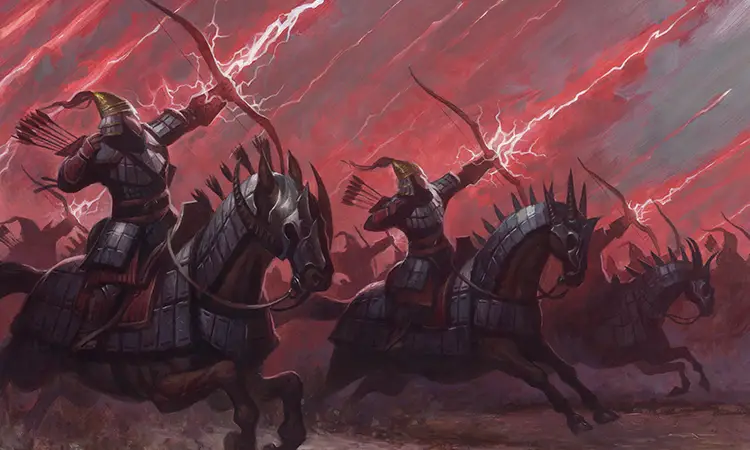
Piercing Arrow
Sometimes enemies like to hide behind objects or even other creatures. What if you could just… I don’t know… shoot an arrow through all of that?
As it just so happens, you can!
Piercing Arrow is unique in that you actually don’t have to make an attack roll for this attack. Instead, it works more like a spell.
You fire your arrow in a straight 30-foot line. The arrow passes through any objects harmlessly but forces every enemy in that line to make a Dexterity save.
Enemies that fail their save take 1d6 piercing damage (or half on a success.) At level 18, this bumps up to 2d6.
The real value of Piercing Arrow is if you’re able to hit multiple enemies in a straight line. Unfortunately, that’s not particularly common.
I mean, unless you’ve got a bunch of enemy goblins trying to make a Peasant Railgun or some other kind of shenanigan.
Additionally, a range of 30 feet means you’re going to have to move in close if you want to get any real use out of this.
However, you’re probably typically positioned more toward the back of the party which means lining up this shot (in a way that’s worth it) can be difficult to do.
All in all, Piercing Arrow is a cool option and certainly not a bad one to consider. I just wouldn’t expect to get a ton of use out of it in most encounters.
Seeking Arrow
Grasping Arrow may have its brambles around my heart, but Seeking Arrow is a very close second.
If you take both of these right out of the gate at level 3 and then gradually start picking up others, you’ll be in good shape!
Like Piercing Arrow, you don’t make an attack roll when you’re using Seeking Arrow.
If you’ve seen a creature in the past minute, you fire the arrow and it zips around everything except full-cover straight at them.
(Be aware that the target still has to be within your attack range and there has to be a path large enough for the arrow to travel through to hit them.)
The target then makes a Dexterity save. If they fail, they’ll take the damage from the arrow plus an extra 1d6 force damage AND you learn their current location.
If they succeed on their save, they take half damage and you do not learn their location.
At level 18, the extra damage increases to 2d6.
This is especially handy if you’re fighting an enemy who has decided to go invisible or some other sneaky tactic.
Shadow Arrow
Last but not least, Shadow Arrow gives you a way to ruin the day of any enemy who likes to keep their distance in combat.
When you hit an enemy with Shadow Arrow, they take an additional 2d6 psychic damage. This increases to 4d6 psychic damage once you hit level 18.
The enemy must then make a Wisdom saving throw.
If they fail, the illusion magic on the arrow obscures their vision and makes it so that they can’t see anything that is more than 5 feet away from them until the start of your next turn.
This is excellent when you’re dealing with enemy spellcasters, ranged attackers, or foes who like to use weapons with the Reach property (like halberds or whips).
And don’t forget: your attacks against that target are going to be at advantage since they can’t see you!
That said, I still have a bit of a difficult time justifying this over Banishing Arrow. Unless you’re pretty sure that the enemy has a low Wisdom but high Charisma, anyway.
Still, it’s a good option worth considering down the road that you’ll likely still get some use out of.
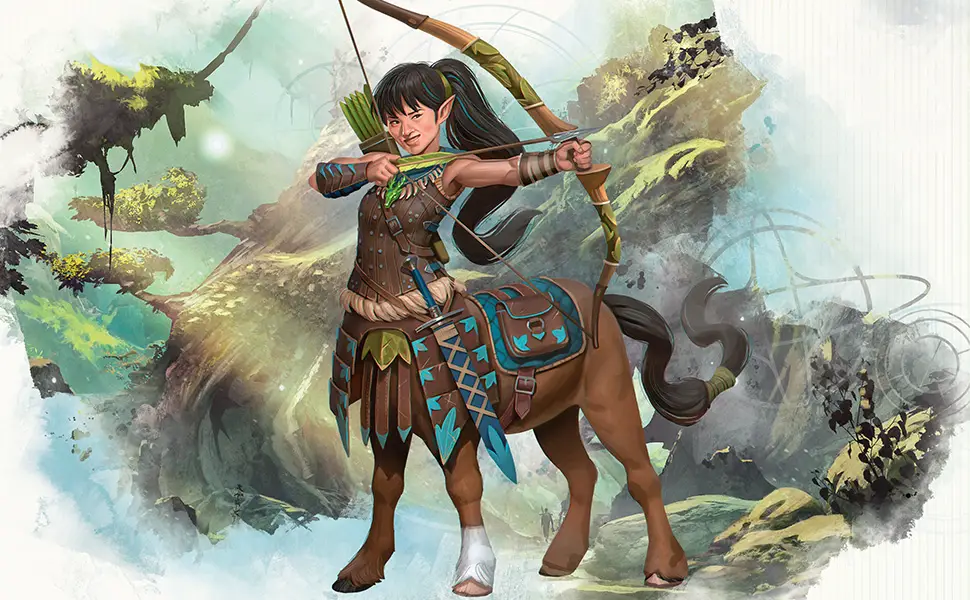
Connections
So how do we connect an Arcane Archer Fighter to the story and the rest of the party?
As with most Fighters, your Arcane Archer can come from a wide selection of backgrounds that all make sense.
If you’re playing an Elf character, you have likely received rigorous training in both the way of the bow and in the arcane arts. (Remember: this is a highly respected Elven tradition that is often followed by some of the most elite Elven warriors!)
If you aren’t an Elf, you could still have learned these techniques through similar training. You might have spent long days in military training followed by late nights studying the specialized use of arcane magic.
Though you might have refined this technique outside of a military organization.
Perhaps it’s the result of some experimentation you did while working for an underground criminal organization.
Maybe you were once with a different group of adventurers and that group’s Wizard taught you some handy tricks to utilize in combat!
For pretty much any adventure, an Arcane Archer Fighter would have no problem working with one of the plot hooks.
Best Races for Arcane Archer Fighters in D&D 5e
Fitting with the theme, Elves are an excellent choice for an Arcane Archer character. Not to mention that +2 Dexterity bump you get is pretty sweet too!
As a Wood Elf, you get features that work well if you want to focus on being stealthier.
Though getting an extra cantrip and a +1 to your Intelligence by choosing to be a High Elf is also very tempting!
Races that start with flying (like Owlin or Aarakocra) are also strong candidates. After all, being able to fly gives you some incredible positioning for attacking with ranged weapons.
Of course, it’s also worth considering being a Variant Human so that you can quickly grab a feat (ideally Sharpshooter) right out the gate as well.
Related: Feats in D&D 5e Explained
Best Feats for Arcane Archer Fighters in D&D 5e
Sharpshooter should be your immediate go-to when looking at feats for your Arcane Archer. As a ranged combatant, it may as well be mandatory!
Not only will you not have to worry about cover and long-range attacks as much, but it will also greatly help your damage output with your bow.
If you’ve chosen to play an Elf or Half-Elf, I’d also recommend the Elven Accuracy feat if you can reliably get advantage on your attacks. Plus, you can also get a boost to your most important abilities: Intelligence or Dexterity!
Fey Touched will also give you a bump to your Intelligence while also giving you the Misty Step spell plus another level 1 Divination or Enchantment spell of your choice.
Considering that your arrows are dealing piercing damage, you might also consider the Piercer feat. Getting a +1 bump to your Dexterity, letting you reroll an underwhelming damage die, and add some extra “oomph” to your critical hits is excellent!
Lastly, you might also consider Magic Initiate to further take advantage of your Intelligence score. Grabbing an extra cantrip for some additional utility plus a level 1 spell (like Find Familiar) can greatly expand what you are capable of.
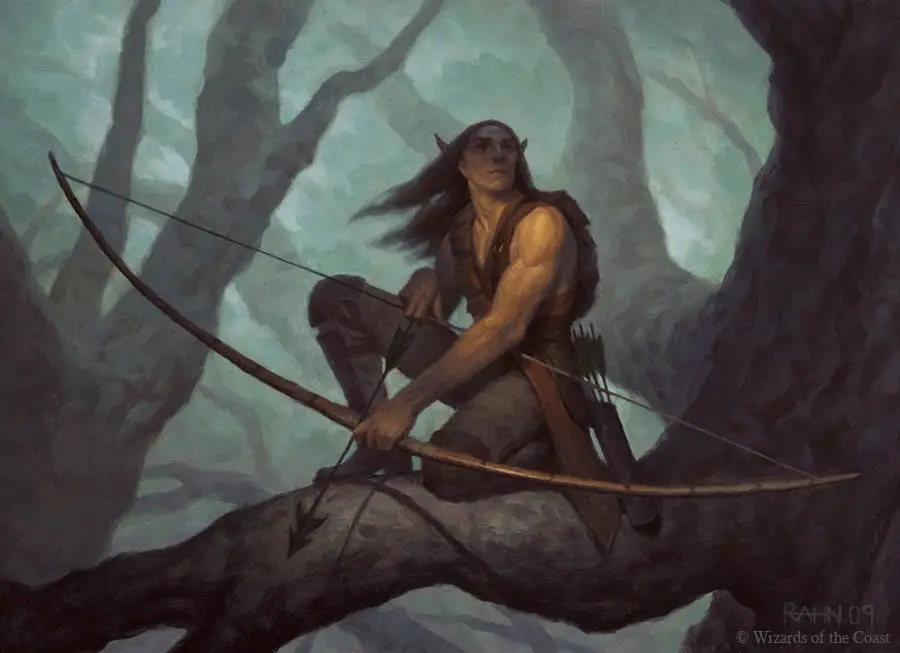
Best Multiclass Options for Arcane Archers in D&D 5e
I’d recommend waiting until level 8 if you’re considering multiclassing with your Arcane Archer. Curving Shot at level 7 is too good not to get ASAP and you’ll also want your ASI that comes at level 8.
Thankfully, there are a few options that stand out when you’re ready to multiclass.
Related: Multiclassing in D&D 5e Explained
Rogue
Sneak Attack is fantastic and you’ll get plenty of use out of it as a ranged combatant.
But you’re also gaining Cunning Action with 2 levels in Rogue which can allow you to quickly disengage without sacrificing your attack action when you need to reposition!
If you want to play more to the magical aspect of your character, it’s worth considering the Arcane Trickster.
However, the Scout Rogue is a hidden gem among the Rogue subclasses that will also perfectly complement the more martial aspects of your Arcane Archer.
Ranger
There’s a pretty obvious connection between the themes of the Arcane Archer and the Ranger class.
Being able to bring in the Ranger’s favored terrain and favored foes can make you absolutely deadly if you know what kind of adventure you’re playing in.
Of course, Hunter’s Mark is also excellent to have as well!
The biggest problem with multiclassing into Ranger is that you’ll struggle with juggling your ability scores.
You need Dexterity and Intelligence as an Arcane Archer, though you definitely don’t want to skimp on your Constitution. But to get the best value out of the Ranger levels you take, you’ll also need to add Wisdom to the mix as well!
With four ability scores, it can be a bit of a challenge but worth it if you can make it work.
I’d definitely consider the Gloom Stalker Ranger for a multiclass though. The spells are nice, but that initiative bonus and extra attack on the first turn are simply incredible.
Warlock
This is a weird pick but hear me out!
If you take the Improved Pact Weapon Eldritch Invocation, you’re able to use your bow as your pact weapon. Furthermore, you get a +1 to your attack and damage rolls with it (if it doesn’t already have them.)
Putting 5 levels into Warlock will also let you get the Eldritch Smite Invocation to pump out even more damage when you hit.
And not to cheapen the experience, the Hex can make sure that whoever you tangle up with your Grasping Arrow is going to have a VERY BAD TIME.
If you feel like making a deal for these powers, consider multiclassing your Arcane Archer with the Hexblade.
(That will also get you the always-fun Hexblade’s Curse as well! Now you deal even MORE damage and also score critical hits on a 19 OR 20!)
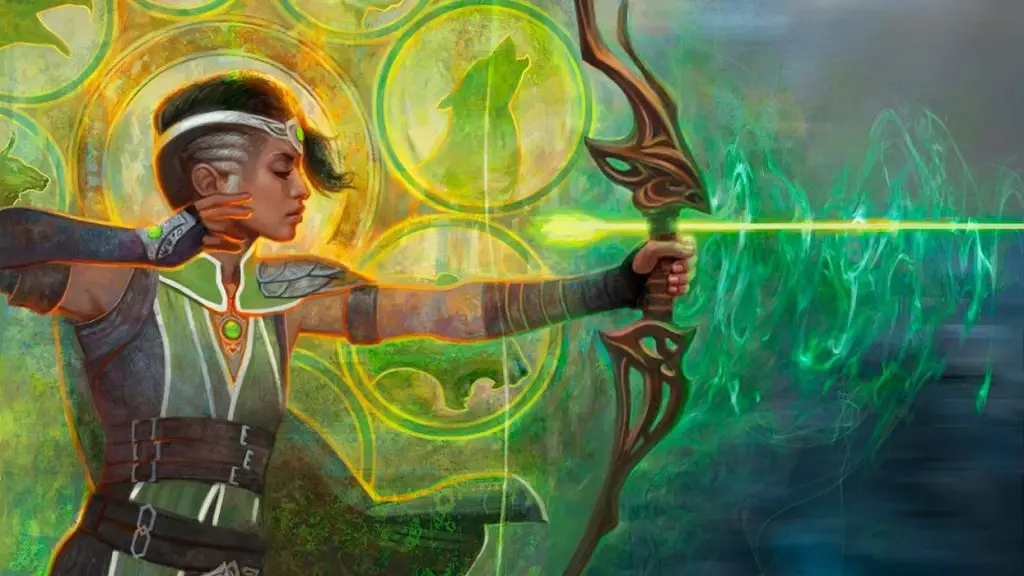
Is the Arcane Archer Fighter Good?
There’s a really cool concept to the Arcane Archer Fighter. The mixture of deadly accuracy and arcane power is just overflowing with style!
Unfortunately, there just isn’t quite the mechanical “oomph” to back up that style.
The biggest weakness of the Arcane Archer Fighter is how limited its Arcane Shot feature is. As the subclass’s main feature, only being able to use this feature a couple of times per rest feels underwhelming…
But it’s not like this is a useless subclass.
There’s a ton of potential here and Curved Arrow is a simply excellent feature to have!
If you can use your Arcane Shots wisely and stay strategic with your positioning in combat, the Arcane Archer can still be very fun to play!
Recommended: Ranking EVERY Fighter Subclass in D&D 5e!
Conclusion – Arcane Archer Fighter in D&D 5e
I hope you’ve found this guide to the Arcane Archer Fighter in D&D 5e helpful!
As always, feel free to reach out in the comments if you have any questions or fun stories about this subclass you’d like to share.
While the subclass itself is underwhelming, I think it has some really interesting potential in multiclassing builds.
I’d also be curious to know what kind of multiclasses you think would be a good fit for the Arcane Archer.
But that’s a wrap for now. Until next time!






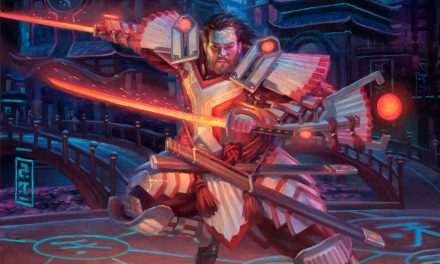




A very interesting reading, as always. Frankly, I have missed much about the Fighters, so these articles are quite enlightening.
The biggest weakness of the Arcane Archer Fighter is how limited its Arcane Shot feature is
That’s why as I heard, a common houserule is to measure Arcane Shots by Intelligence modifier or proficiency bonus. Yes, Arcane Shots are powerful, but there is stil an impression that a Battlemaster can use subclass unique features more often.
Hi VZ!
I’m glad you enjoy my guides! It’s fun for me as well since looking over these classes carefully and with a critical eye helps me often see certain details that I perhaps didn’t notice before.
Basing the number of available Arcane Shots on the Arcane Archer’s Intelligence modifier or proficiency bonus seems like a fair house ruling to me. It certainly helps address my biggest problem with this subclass but in a way that doesn’t feel overpowered!
Though I agree with your last point as well. A Battle Master who focuses on archery could likely make for a more fun ranged Fighter to play than the Arcane Archer.
It would also stop the vicious cycle of exploring a dungeon with a method that’s more like “fight for 5 minutes, rest for an hour, fight for 5 minutes, rest for an hour…” and so on.
With the house rule you mentioned, it gives the opportunity for the party to not need to rest after every fight so that the Arcane Archer can have their main feature available!
I’d think that houserule would definitely lift up this subclass in a good way!
Yes, I agree. Some people point out at the power of Arcane Shots and think that more frequent shots are unbalanced… however, they apply only to ranged attacks using bows. To my mind, it is balancing enough, as Battlemaster maneuvers are much more versatile.